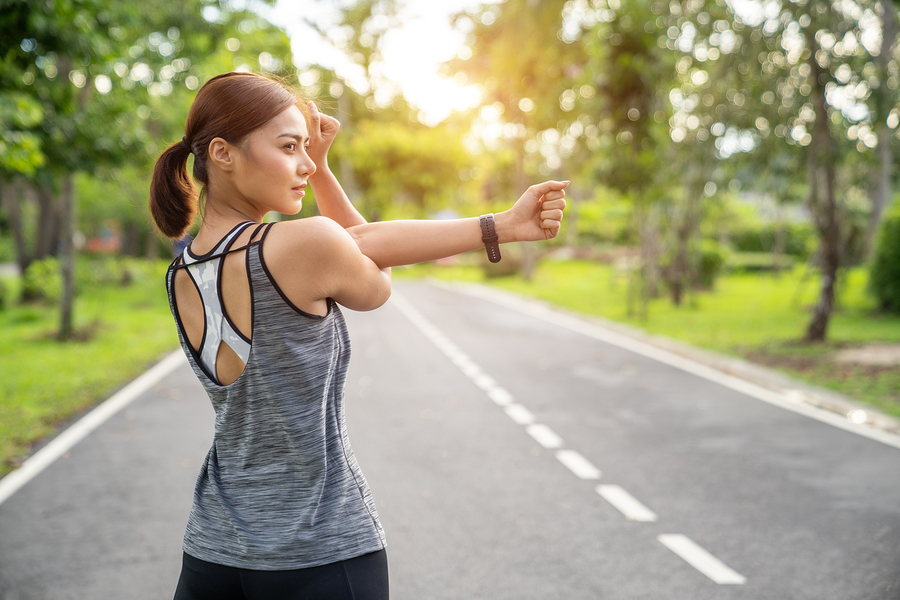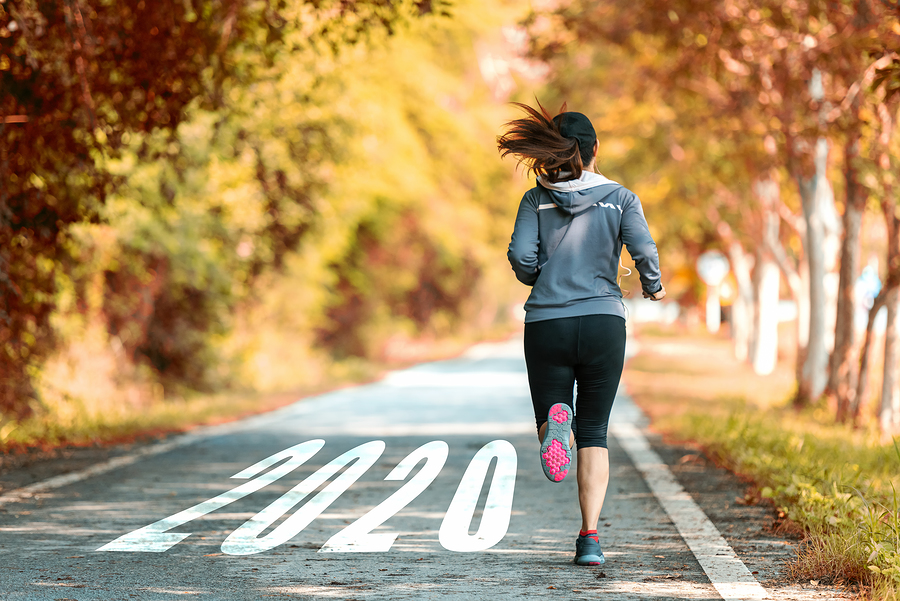
Squash is a game which involves moving around and changing directions rapidly. With all of this movement, chances of sustaining injuries are high. The best known squash injury is tennis elbow (although incidences are less common than tennis). Playing squash can injure your shoulder, elbow, wrist, hip, knee and ankle as these are used the most. Ocular injuries due to an oncoming ball should be avoided at all costs.
Muscle strains and sprains are common injuries that occur during the game, particularly in the arms, legs and lower back. Fall injury may occur by slipping in the court. Impact injuries tend to occur as a result of being hit with the ball or racquet or crushing into a wall accidentally. Tendonitis of the elbow may be caused by the overuse of the tendons through hitting in a backhanded fashion (tennis elbow).
Risk factors include old age (especially males over 40 years), poor fitness level, excessive weight, poor playing techniques, and lack of a warm up before starting.
It is necessary to have a long warm up which includes proper stretching of all the muscle groups in all limbs and the back before playing squash to avoid injuries. Stop playing the game as soon as an injury occurs as playing in pain will only aggravate it. Seek prompt medical help when injured. Early management of pain will help you recover faster and prevent permanent damages. Finally, treat soft tissue injury with the R.I.C.E. method- . Rest, Ice, Compression, and Elevation.
Ensuring a high carbohydrate diet helps to maintain a good blood glucose level during the match. Squash is also a high risk activity for eye injury. Without protection, the ball can hit your eyeball and you may lose vision permanently. Hence, one must always wear appropriate eye protection while playing the sport. Seek medical advice when in doubt. Finally, do not resume sport until you have fully recovered.
Playing squash is about squashing the laziness out of your body, not returning home with squashed muscles!
Penned by Dr. Rachita Narsaria, MD
References:
- Raman, Aaron, Macdermid, Paul W, et al. The Effects of Carbohydrate Loading 48 Hours Before a Simulated Squash Match. Int J Sport Nutr Exerc Metab. 2014 Apr;24(2):157-65
- Johnson AR, Higgins BT, Teixeira RP, et al. Proximal biceps tendons tear in an adolescent tennis player. Am J Orthop (Belle Mead NJ). 2013 Mar;42(3):E18-20.
- Fowler BJ, Seelenfreund M, et al. Ocular injuries sustained playing squash. Am J Sports Med. 1980 Mar-Apr;8(2):126-8







